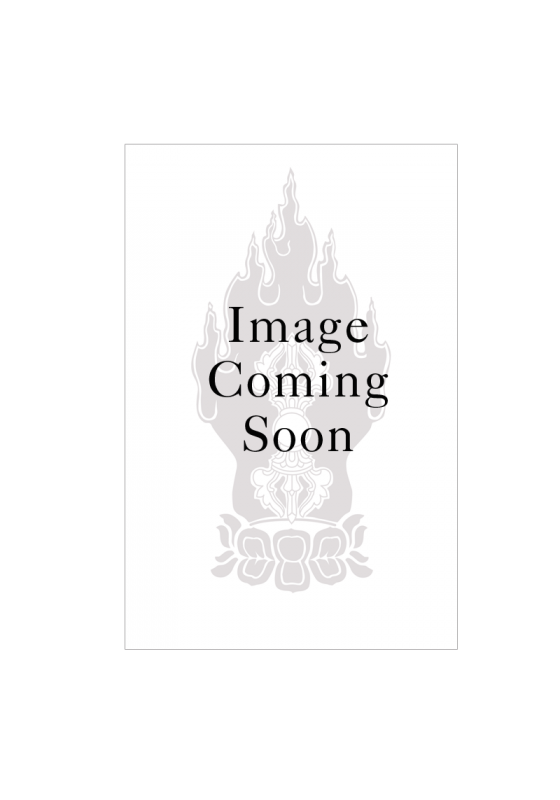American
Ginseng: Panax quinquefolius
americanginseng2When
many of us think of ginseng our minds immediately leap across the Pacific Ocean
to Asia, but an equally potent version of this plant that has been used here in
North America for thousands of years. The Seneca celebrate American Ginseng as
one of the five most valuable plant medicines, and are not alone in their
sentiments.
Like
so many other herbs, French traders in Quebec quickly recognized American
ginseng for its medicinal value and began purchasing large quantities back in
the 1600 and 1700s.
What
it’s good for:
Unlike
the Asian variety which warms and stimulates the body (promoting the “yang” –
or masculine forces within us), American ginseng does quite the opposite. Known
for its cooling properties, American ginseng is often used to stabilize fever,
reduce swelling, and flush out the digestive tract.
The
Cherokee, Mohegan, and Potawatomi often dried the herb and brewed it into
therapeutic teas. Known as a robust adaptogen, it has been shown to reduce many
types of stress – both physical and mental.
“Panax”,
the first word in its latin name, comes from the Greek word for panacea,
meaning “all healing”. High praise is built right into it the title!

Goldenseal:
Hydrastis Canadensis
goldenseal1Called
the “universal herb” for over 300 years, the goldenseal is a perennial that
thrives in the forests of Ohio, Indiana, Kentucky, and West Virginia –
particularly in the Appalachian region. It was most likely introduced to early
colonists by the Iroquois and its use as a medicinal has spread like wildfire
since then.
What
it’s good for:
True
to it’s reputation as the “universal herb”, goldenseal was used in a wide
variety of applications. It was highly favored as a diuretic, liver cleanser,
and was commonly infused in cold water to treat sore or itchy eyes. The
Catawbas boiled the root and drank its tea to alleviate jaundice, stomach
ulcers, and cold sores.
If
you’re feeling adventurous – the Cherokee were known to grind the root into a
powder and mix it with bear grease to create an insect repellant. The bear
grease can be substituted with other vegetable based oils!
Black
Cohosh: Actaea racemosa
blackcohoshAlso
known as “black snakeroot”, the black cohosh is a tall, white flowered plant
that is quite common in the woodlands of the Lake Ontario region all the way
down to Georgia. The word “cohosh” comes from the Algonquin term for “rough”,
which is a reference to the plant’s gnarled root structure. This subterranean
portion of the plant, or rhizome, is where the medicine is in this herb.
What
it’s good for: The black cohosh has been a go-to remedy in women’s health for
centuries. It is used by Native American healers to treat menstrual cramps,
sooth hot flashes, and alleviate post-menopausal depression.
Lately,
black cohosh has become a popular herbal supplement in health food stores and
many claim it has even broader applications, although these have not been
scientifically proven yet.
Interesting
fact: Both goldenseal and the black cohosh are in the buttercup family!
I
hope you find the herbs above to be of benefit to yourself and your loved ones.
Again, we carry a deep respect for the native cultures who brought us this
vital knowledge and are honored to be in a position to pass it along to you.

No comments:
Post a Comment